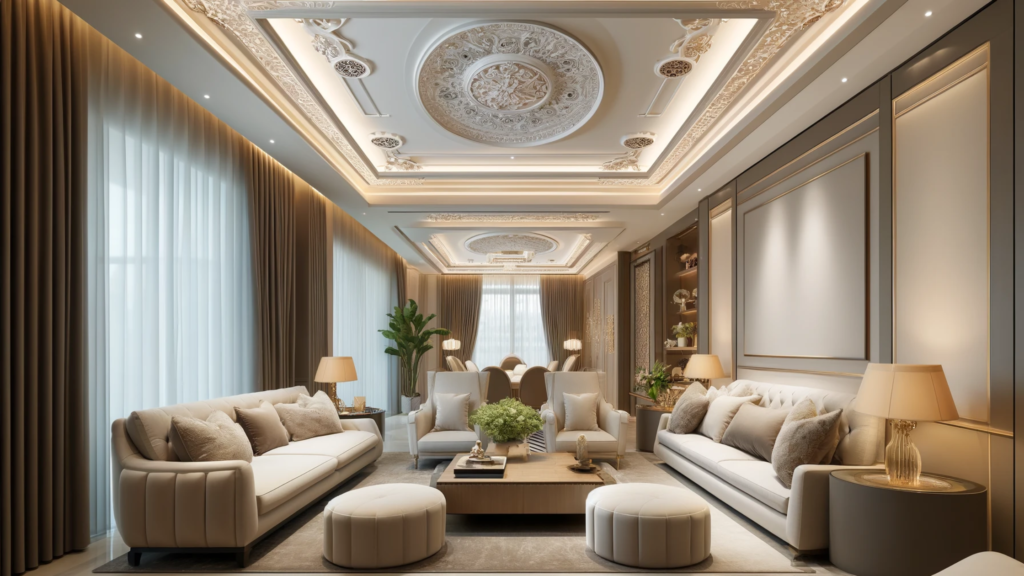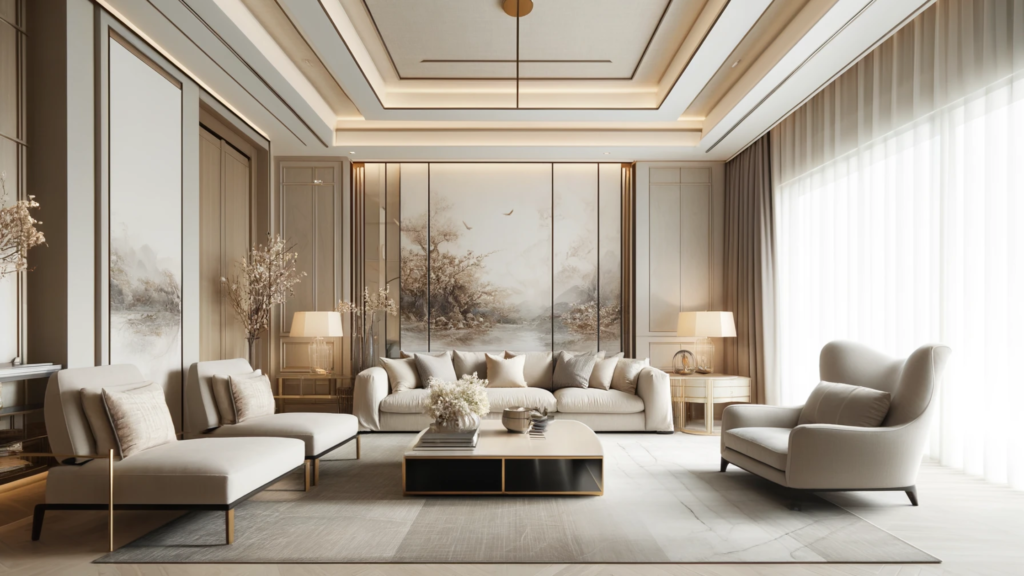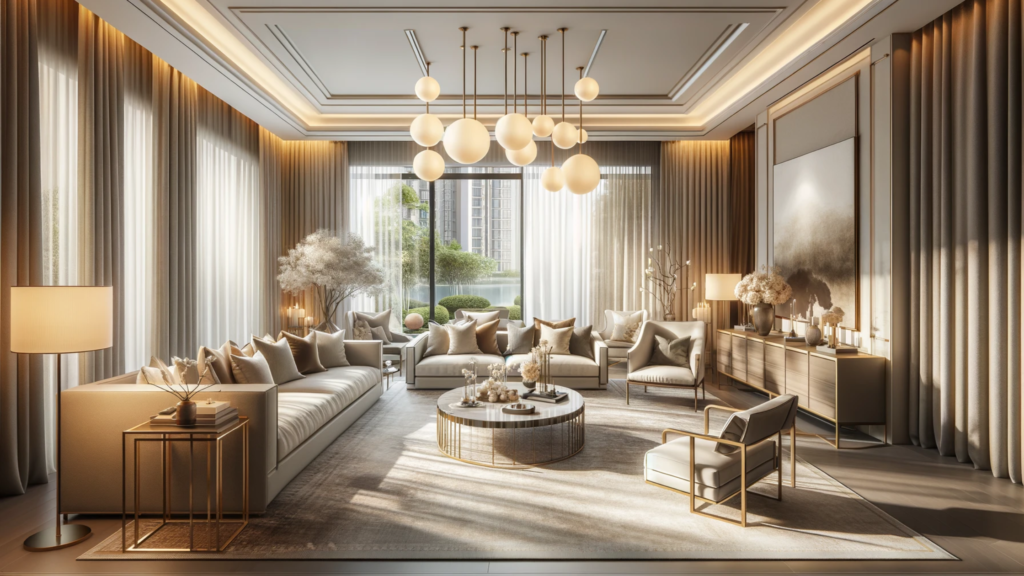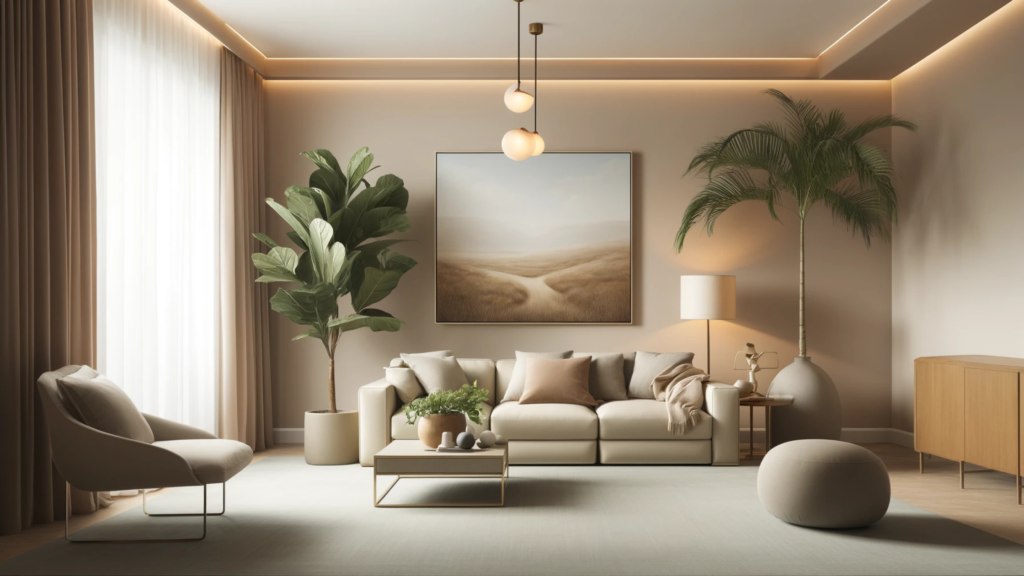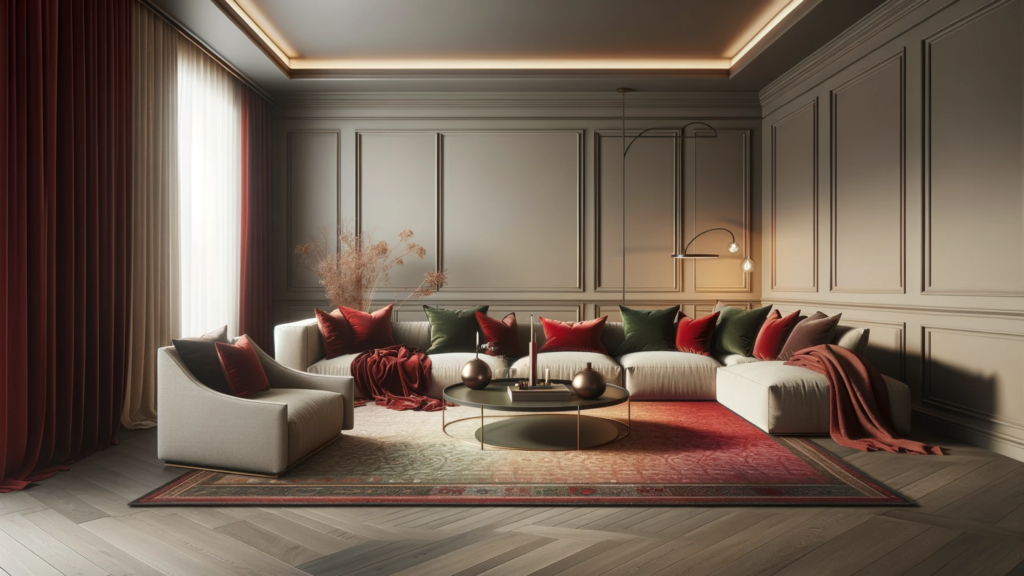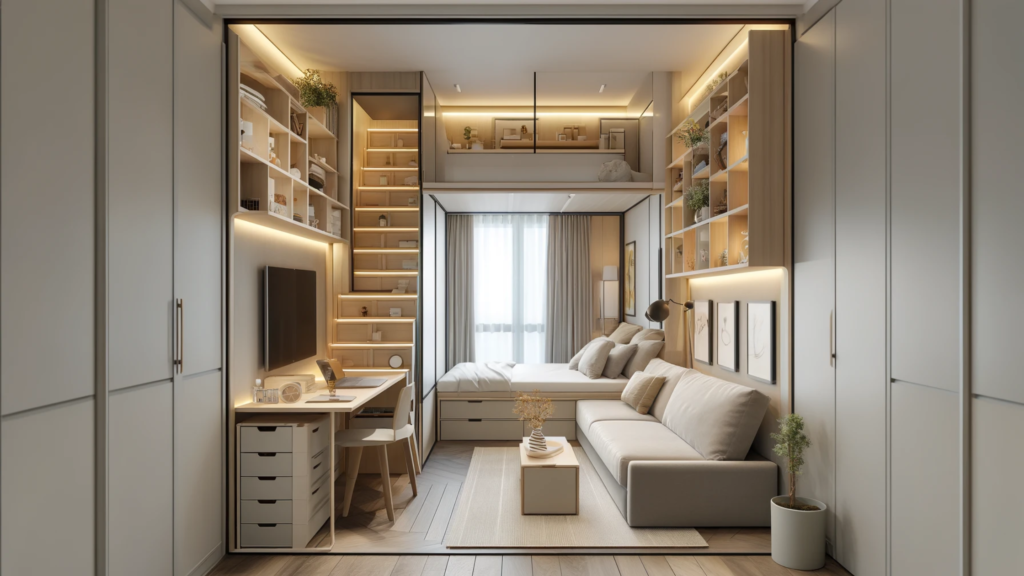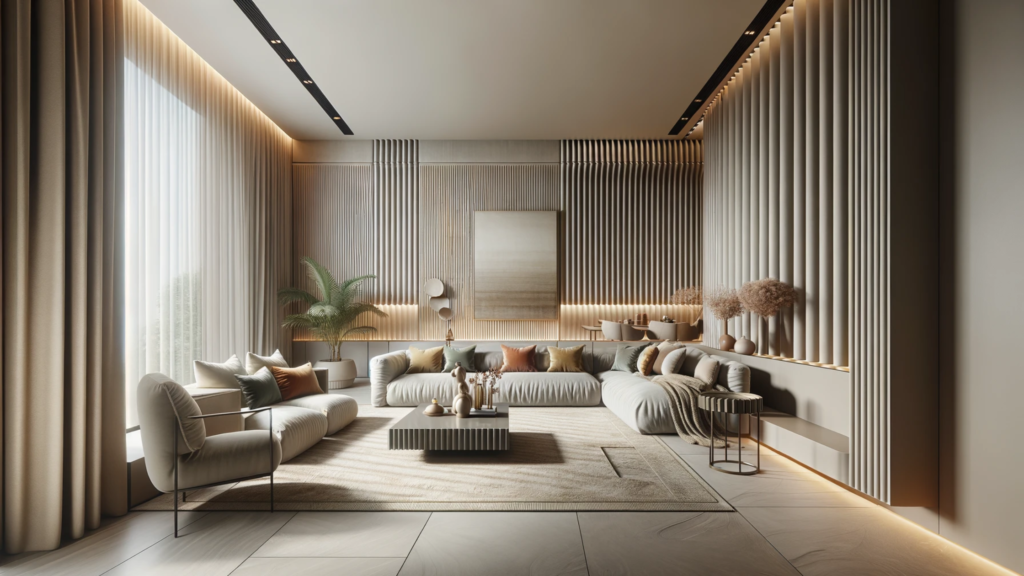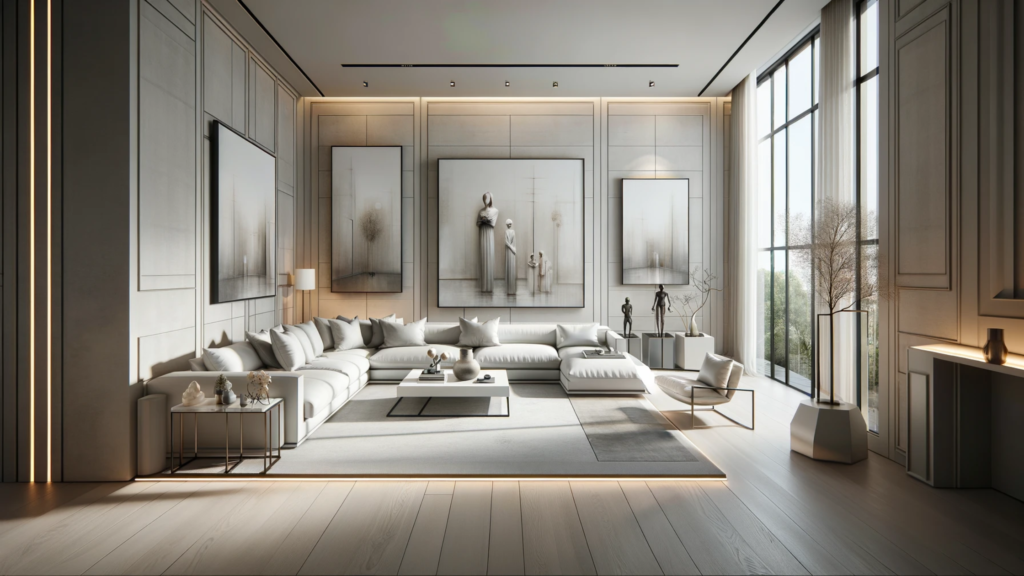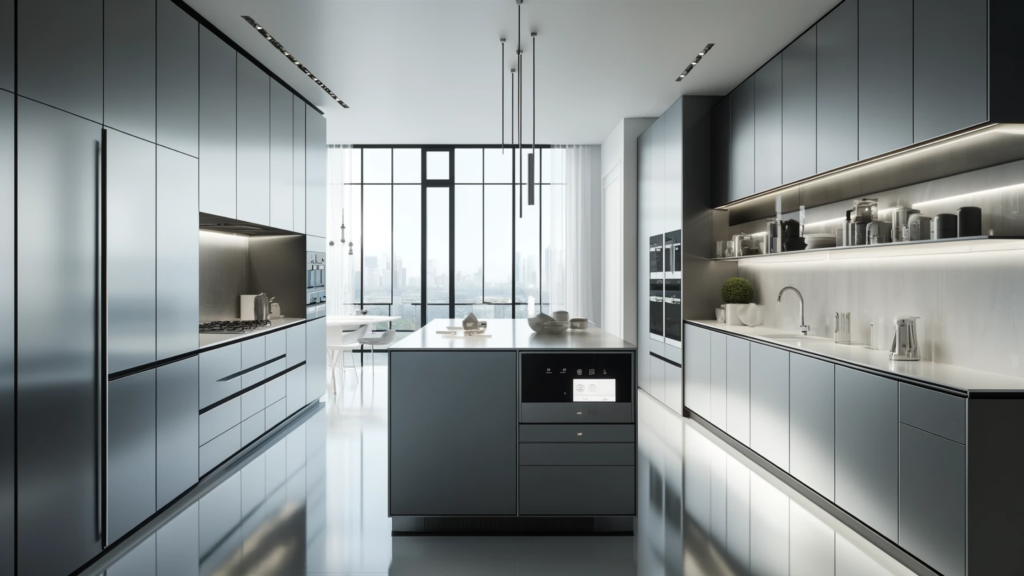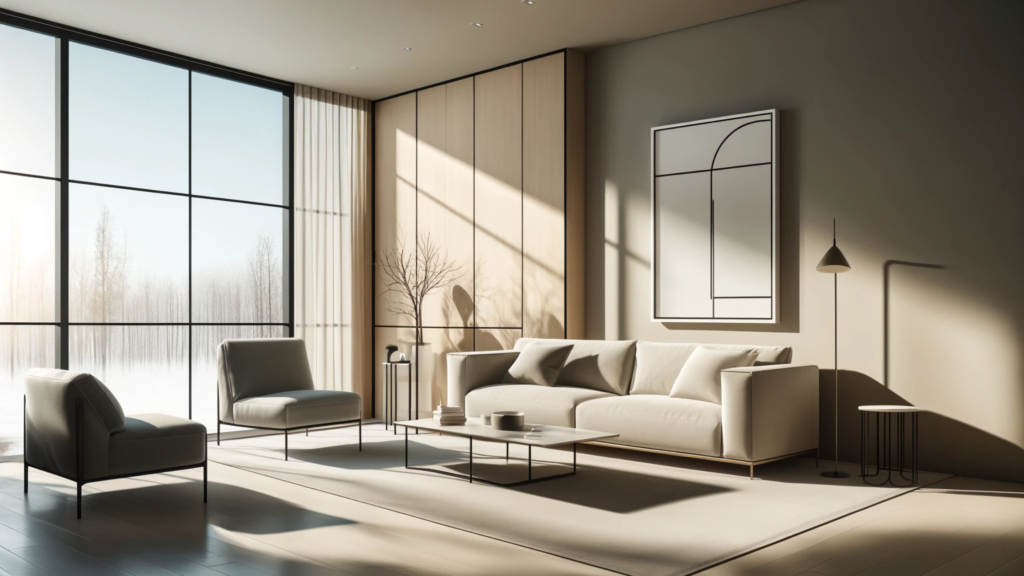Is False Ceiling Your Only Option? Explore Ceiling Design as an Opportunity to Expand Interiors
Is False Ceiling Your Only Option? Explore Ceiling Design as an Opportunity to Expand Interiors If the sky is a beautiful canvas we look up to when we are outdoors, why should our homes lack the opportunity to have ceilings that similarly inspire us? Ceiling design has the power to radically change environments when used in the right way. Designers are now focusing on the need to explore beyond false ceilings and create newer ways of artistic living. Table of Contents Importance of Ceiling Design Let us first explore why we need ceiling design for our interiors and its impact on our daily lives. Visual Impact: Ceiling design contributes significantly to the overall aesthetics of a room, enhancing its visual appeal and creating a cohesive design scheme. Room Atmosphere: The design of the ceiling can influence the perceived atmosphere of a space, whether it’s cozy and intimate or open and airy. Spatial Perception: Well-designed ceilings can alter the perception of space, making rooms appear larger, taller, or more intimate depending on the design choices. Architectural Character: Ceilings provide an opportunity to add architectural interest and character to a room, enhancing its uniqueness and style. Lighting Integration: Ceilings play a crucial role in lighting design, allowing for the integration of various lighting fixtures to create ambiance and functionality. Functional Considerations: Beyond aesthetics, ceiling design addresses practical aspects such as acoustics, ventilation, and insulation, contributing to the comfort and functionality of interior spaces. Innovative False Ceiling Design Ideas First, one has to acknowledge the functionality and accessibility of false ceilings and how they can also be used creatively in ceiling design. Multi-Level False Ceilings Create visual interest and depth by incorporating multiple levels or layers into the false ceiling design. Varying heights and shapes can add architectural drama and complexity to the space, making it feel more dynamic and spacious. Curved and Organic Shapes Move away from traditional straight lines and angles by introducing curved or organic shapes into the false ceiling design. Curved elements can soften the overall aesthetic of the space and create a more fluid and inviting atmosphere. Integrated Lighting Solutions Use the false ceiling as a platform to integrate innovative lighting solutions such as LED strips, recessed lights, or pendant fixtures. Strategic placement of lighting elements can enhance the ambiance of the room, highlight architectural features, and create focal points. Textured Ceiling Design Experiment with textured finishes such as wood, metal, or plaster to add tactile interest to the false ceiling. Textured surfaces can create visual depth and dimension, adding warmth and character to the space. Artistic and Customised Designs Embrace creativity and individuality by commissioning custom-designed false ceilings that reflect your personal style and preferences. Whether it’s a mural, pattern, or artistic installation, custom designs can make a bold statement and become a focal point of the room. Natural Elements and Biophilic Design Bring elements of nature indoors by incorporating natural materials such as wood, bamboo, or greenery into the false ceiling design. Biophilic elements can enhance well-being, connect occupants with the natural world, and create a sense of harmony and tranquility. Smart Technology Integration Downlighting is the most popular form of lighting in interiors that includes luminaires that throw light in the downward direction as indicated in the name. They are usually fixed into the ceiling so you see only a small part of the fitting below the ceiling. Since the light falls on objects from above, shadows are unavoidable, so downlighting needs to be balanced with adequate ambient lighting. Beyond False Ceilings While false ceilings are one of the most common ways of elevating ceiling design, there are a multitude of diverse alternatives that can be used to make your spaces even more artistically rich and vibrant. Exposed Beams and Rafters Exposed beams and rafters bring a rustic, natural charm to interior spaces. Instead of concealing structural elements, they celebrate them, adding architectural interest and texture. These elements can be made of wood, metal, or even faux materials, depending on the desired aesthetic. Exposed beams can create a sense of warmth and coziness in a room, while rafters add a touch of industrial or farmhouse-style elegance. Coffered Ceiling Design Coffered ceilings feature a series of recessed panels or coffers, often adorned with molding or trim, creating a sophisticated and elegant look. These ceilings add depth and dimension to a room while evoking a sense of grandeur. Coffered ceilings are versatile and can be customized to suit various architectural styles, from traditional to contemporary. They can also incorporate lighting fixtures within the recessed panels, enhancing both ambiance and functionality. Tray Ceilings Tray ceilings, also known as recessed ceilings or inverted ceilings, feature a central section that is elevated or recessed relative to the surrounding perimeter, creating a tray-like effect. This design adds visual interest and depth to a room, making it feel more spacious and dynamic. Tray ceilings can be simple or ornate, depending on the desired aesthetic. They offer an opportunity to incorporate architectural details, such as crown moulding or indirect lighting, further enhancing their appeal. Vaulted Ceiling Design Vaulted ceilings feature angled or curved surfaces that rise toward the center of the room, creating a dramatic and expansive feel. These ceilings are typically found in cathedral-style or loft spaces and can vary in slope and height. Vaulted ceilings add architectural drama and can make a room feel larger and more open. They also provide opportunities for creative lighting design and can accommodate large windows or skylights, maximizing natural light and ventilation. Stained glass ceilings Incorporating stained glass into ceilings or roofs can create breathtaking and unique design elements within interior spaces. Traditionally associated with windows in religious buildings or historic homes, stained glass has evolved to become a versatile medium for interior design, including ceilings. Stained glass allows natural light to filter through, creating a dynamic interplay of colours and patterns as sunlight passes through the glass. Ceiling Design for Living Rooms Living rooms are one of the most common muses of interior

